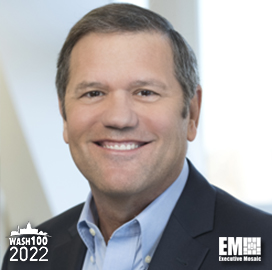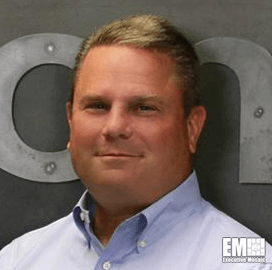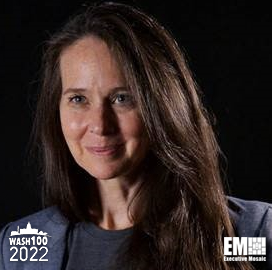Former SAIC executive Bruce Phillips has been appointed vice president of emerging markets growth at government contracting and technology organization Systems Planning and Analysis.
In his new role, Phillips will oversee strategy, market outreach and acquisitions, leveraging his almost four decades of career history in profit and loss and business development positions, the Alexandria, Virginia-based company said Tuesday.
“Bruce’s depth of experience in research and development, systems engineering, acquisition management, information technology, and operations combined with his wide-ranging knowledge of multiple markets will further enhance our ability to provide premier analytical services to SPA’s clients. We are thrilled that Bruce has joined the team,” William Vantine, CEO and president of SPA, remarked in a statement.
Phillips began his working life at Engility Corporation (formerly TASC), where he served as a director for nearly 20 years. The executive then moved on to Northrop Grumman as a director of business development administering the new business lifecycle and account management, as well as capture, planning and proposal processes.
The executive subsequently returned to Engility for another near-decade, occupying roles like vice president of the infrastructure protection and security business unit and vice president of space systems. In the former job, he was in charge of efforts that were seeking to snuff out weapons of mass destruction threats as well as strengthening cybersecurity and physical security initiatives. Phillips collaborated with primarily Intelligence Community, Department of Defense and homeland security customers.
Since 2019, before coming to SPA, Phillips was vice president of space and transportation at SAIC. In this role he led civil space and transportation strategy and business development, offering systems engineering and information technology services to space, defense, IC and civil agency clientele.
As VP of emerging markets growth at SPA, the newly hired executive will concentrate on winning business from the IC, Department of Homeland Security and the U.S. Air Force.
Phillips’ hire follows a handful of recent leadership changes at SPA. In August, Michelle Howell joined the company as its chief human resources officer and in April, former Blue Origin chief operating officer Terry Benedict was named executive vice president for naval, nuclear and critical infrastructure programs.







